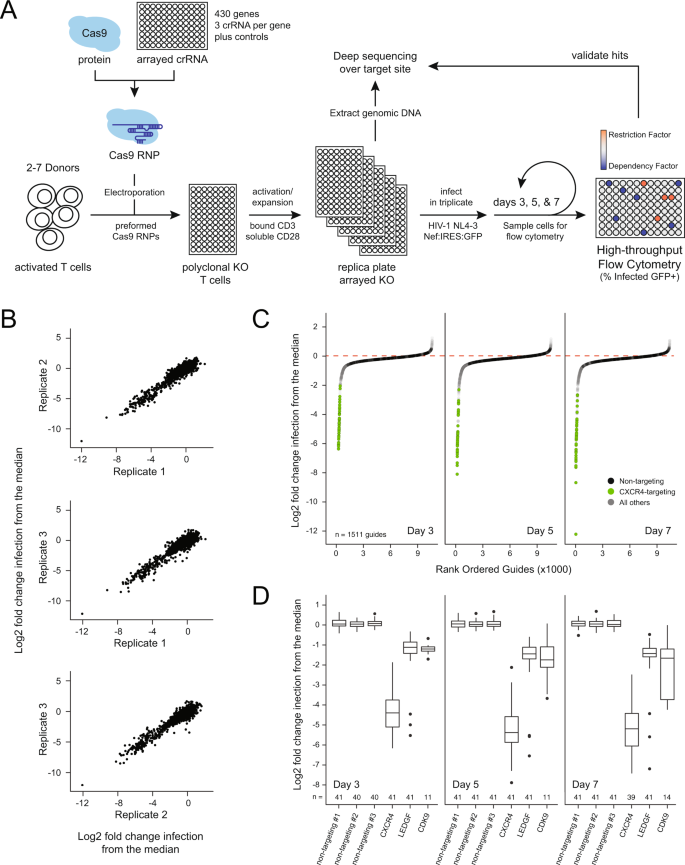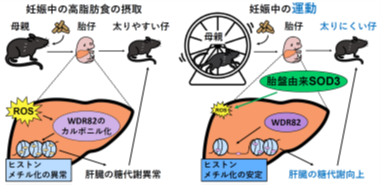HIV治療薬の鍵は、HIVが複製される仕組みにある可能性 Key to possible HIV cure may lie in mechanisms behind how it replicates
2022-04-01 ノースウェスタン大学
今回、研究チームは新しいCRISPR遺伝子編集法を用いて、血液中のHIV感染に重要なヒト遺伝子を特定し、HIVの複製や病気の発症の仕方に関与すると考えられる86の遺伝子を発見しました。その中には、これまでHIV感染との関連で注目されてこなかった40以上の遺伝子が含まれています。
この研究は、HIVがどのように私たちのDNAに統合され、慢性的な感染を確立するかを理解するための新しいマップを提案している。
<関連情報>
- https://news.northwestern.edu/stories/2022/04/hiv-crispr-hultquist/
- https://www.nature.com/articles/s41467-022-29346-w
ヒト初代T細胞におけるHIV-宿主間相互作用の機能マップ A functional map of HIV-host interactions in primary human T cells
Joseph Hiatt,Judd F. Hultquist,Michael J. McGregor,Mehdi Bouhaddou,Ryan T. Leenay,Lacy M. Simons,Janet M. Young,Paige Haas,Theodore L. Roth,Victoria Tobin,Jason A. Wojcechowskyj,Jonathan M. Woo,Ujjwal Rathore,Devin A. Cavero,Eric Shifrut,Thong T. Nguyen,Kelsey M. Haas,Harmit S. Malik,Jennifer A. Doudna,Andrew P. May,Alexander Marson &Nevan J. Krogan
Nature Communications Published: 01 April 2022

Abstract
Human Immunodeficiency Virus (HIV) relies on host molecular machinery for replication. Systematic attempts to genetically or biochemically define these host factors have yielded hundreds of candidates, but few have been functionally validated in primary cells. Here, we target 426 genes previously implicated in the HIV lifecycle through protein interaction studies for CRISPR-Cas9-mediated knock-out in primary human CD4+ T cells in order to systematically assess their functional roles in HIV replication. We achieve efficient knockout (>50% of alleles) in 364 of the targeted genes and identify 86 candidate host factors that alter HIV infection. 47 of these factors validate by multiplex gene editing in independent donors, including 23 factors with restrictive activity. Both gene editing efficiencies and HIV-1 phenotypes are highly concordant among independent donors. Importantly, over half of these factors have not been previously described to play a functional role in HIV replication, providing numerous novel avenues for understanding HIV biology. These data further suggest that host-pathogen protein-protein interaction datasets offer an enriched source of candidates for functional host factor discovery and provide an improved understanding of the mechanics of HIV replication in primary T cells.


